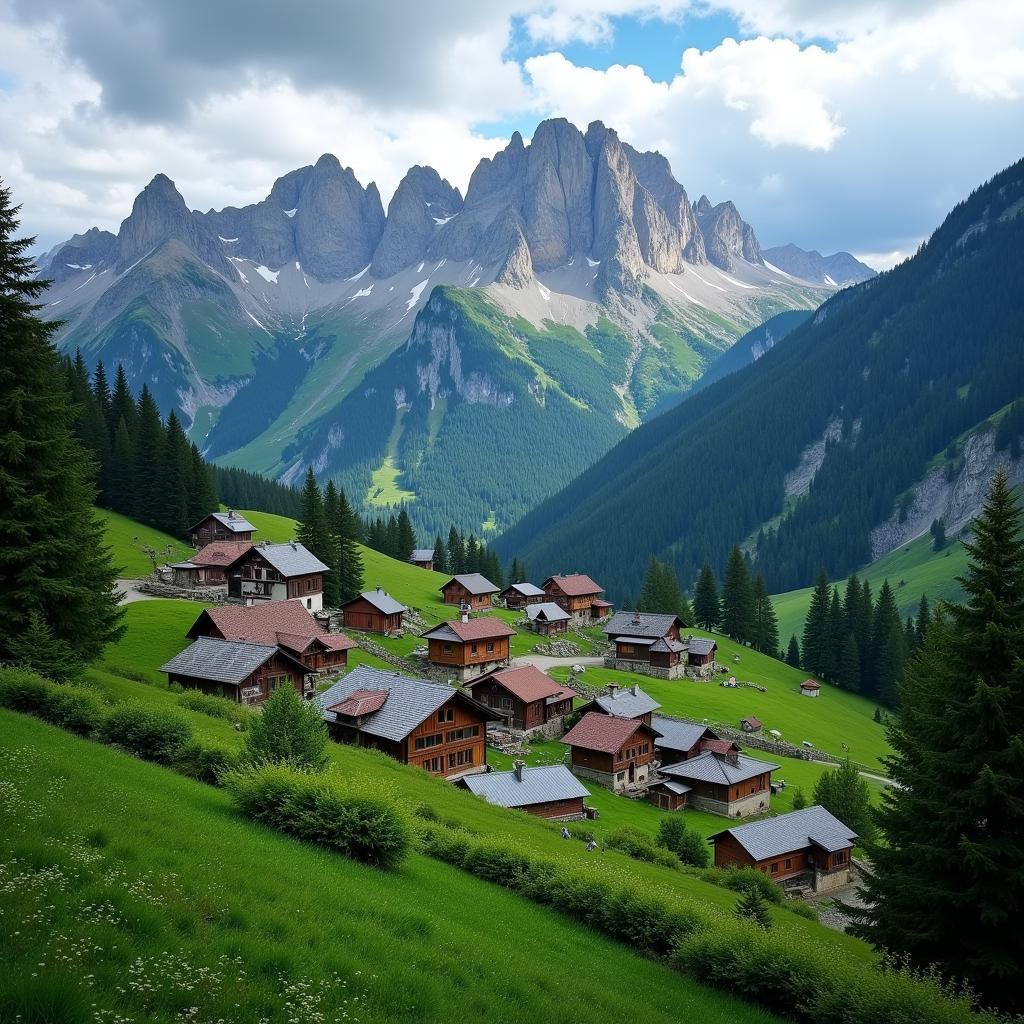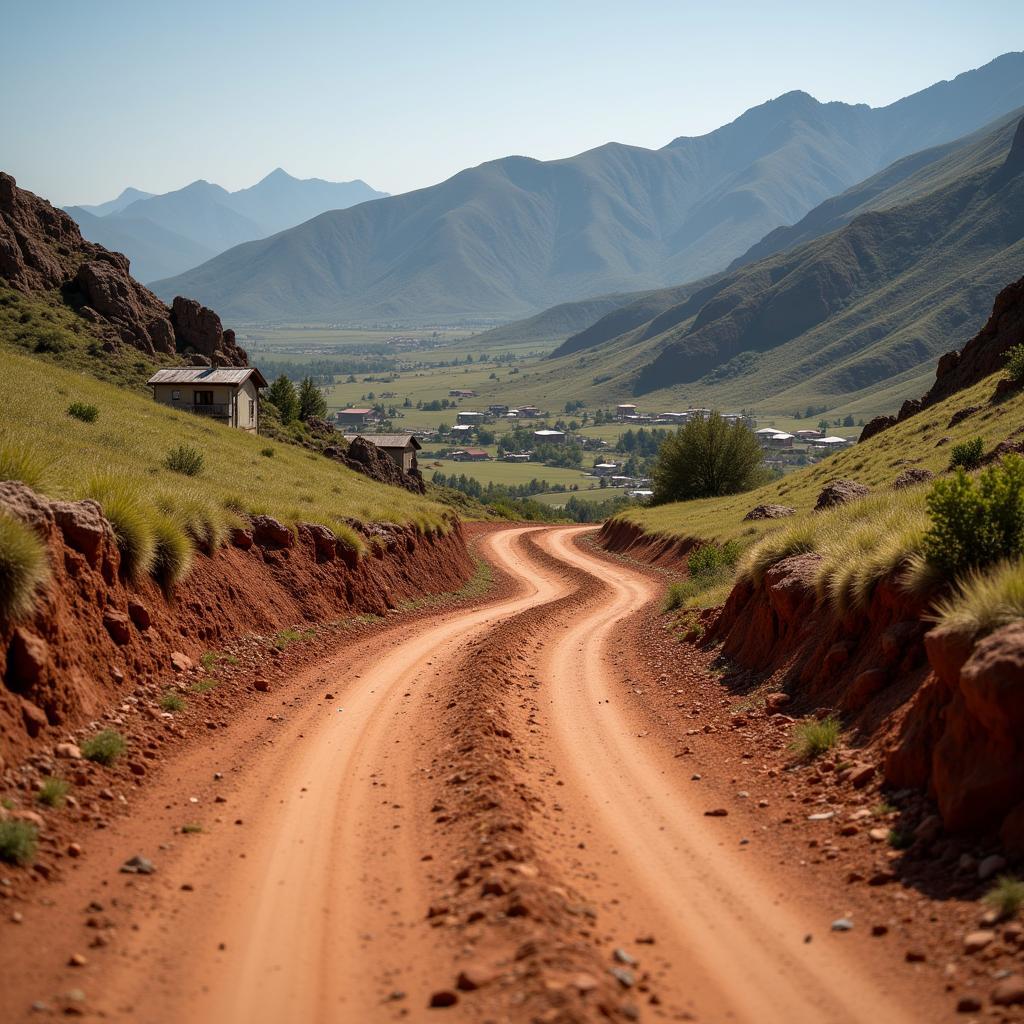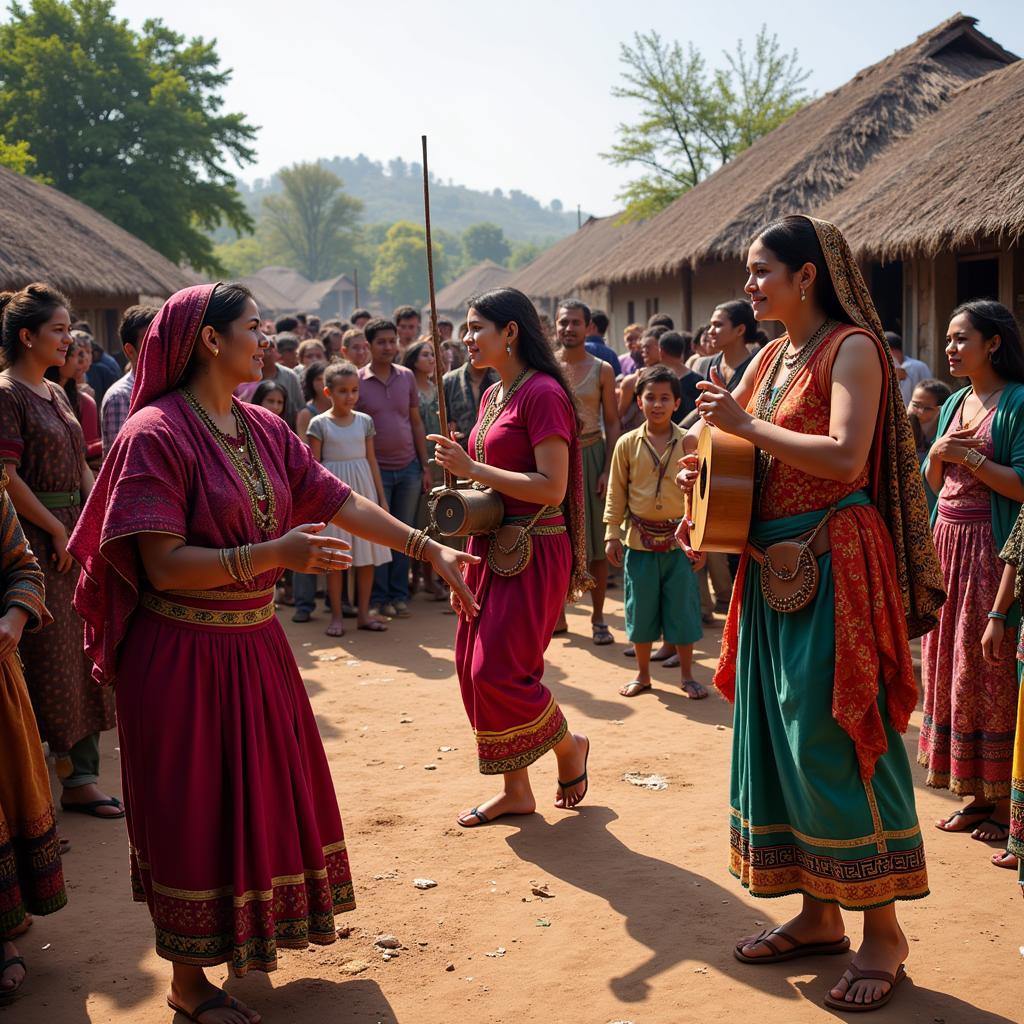Inland societies, often characterized by their distance from coastlines and unique geographical features, represent a diverse tapestry of cultures and lifestyles. While their remoteness might suggest isolation, inland societies are deeply interconnected with the global community, facing shared challenges and contributing significantly to the pursuit of peace. This article delves into the intricacies of inland societies, exploring their cultural nuances, the obstacles they encounter, and the pathways they forge towards a more harmonious world.
Geographic Influences on Inland Cultures
The geographic isolation often associated with inland societies has played a pivotal role in shaping their distinct cultural identities. With limited access to coastlines and maritime trade routes, these communities often developed unique traditions, languages, and social structures in response to their environmental constraints and opportunities.
 Remote mountain village nestled amidst towering peaks
Remote mountain village nestled amidst towering peaks
For instance, mountainous regions often foster strong kinship ties and communal living, as communities rely on each other for survival in challenging terrains. Similarly, societies situated around river valleys might develop intricate irrigation systems and agricultural practices adapted to their specific environments. These adaptations, passed down through generations, contribute to the rich cultural tapestry of inland societies.
Challenges Faced by Inland Societies
Despite their resilience and adaptability, inland societies face a unique set of challenges in an increasingly interconnected world. Limited access to global markets, infrastructure deficits, and vulnerability to climate change are some of the pressing issues they grapple with.
 A winding dirt road leading to a remote inland community
A winding dirt road leading to a remote inland community
Furthermore, historical marginalization and lack of representation in decision-making processes can exacerbate existing inequalities. Addressing these challenges requires a nuanced understanding of the specific needs and aspirations of inland communities, coupled with inclusive development strategies that empower local populations.
Fostering Peace within and beyond Inland Societies
Despite the obstacles they confront, inland societies are active contributors to peacebuilding and conflict resolution. Their traditional knowledge systems often emphasize harmony with nature and peaceful coexistence, providing valuable insights for addressing contemporary global issues.
 Members of an inland community gathered for a traditional celebration
Members of an inland community gathered for a traditional celebration
Moreover, inland communities often serve as bridges between different cultures and regions. Their strategic locations along historical trade routes and migration paths facilitate cross-cultural dialogue and understanding. By promoting intercultural exchange, education, and economic opportunities, we can empower inland societies to become agents of positive change in their regions and beyond.
Conclusion
Inland societies, with their unique cultures, resilience, and commitment to peace, play a vital role in shaping a more just and sustainable future for all. Recognizing their contributions, understanding their challenges, and amplifying their voices are essential steps towards building a world where all communities can thrive.